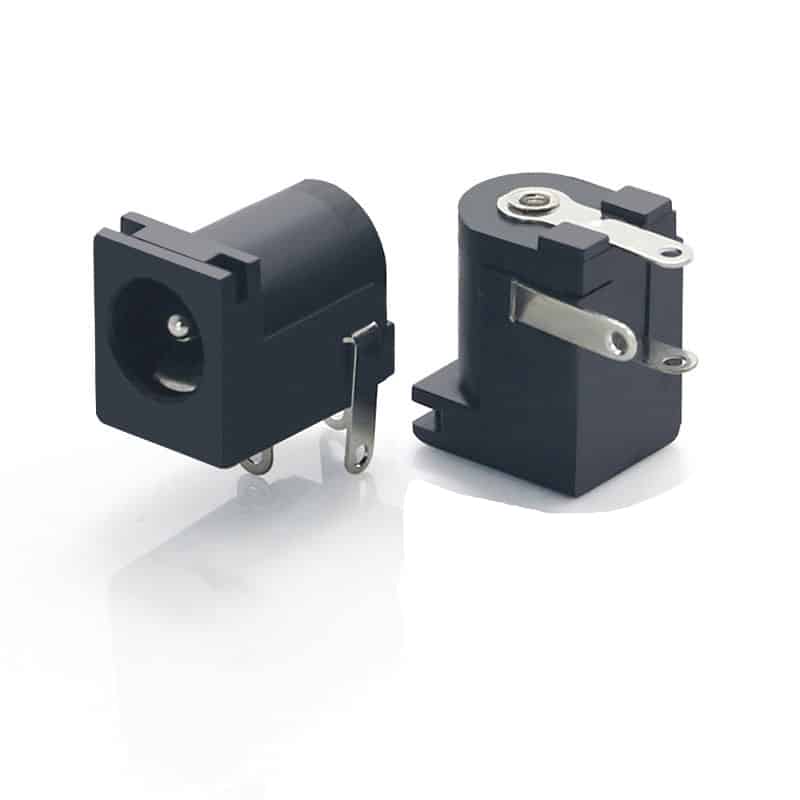Des: Snap-in DC Power connector Female DC Jack 3pin DIP Right Angle
Part No: DC-010
Specification:
Rating: DC 30V 0.5A
Insertion & extraction Force: 3-20N
Life test: 5,000 Cycles
Packaging: Bag/Tray

Des: Snap-in DC Power connector Female DC Jack 3pin DIP Right Angle
Part No: DC-010
Specification:
Rating: DC 30V 0.5A
Insertion & extraction Force: 3-20N
Life test: 5,000 Cycles
Packaging: Bag/Tray
A Tactile Switches is a momentary-contact electronic component that rapidly closes or opens a circuit when minimal operating force (typically 1-5N) is applied. Upon pressure release, its internal metal dome automatically resets to break the connection13. Core characteristics include: Key Structural Components: plaintextCopy CodeTerminal Pins → Electrical contacts Base → Structural support Metal Dome → Conductive element (copper/silver alloy) Button → Transmits external force Cover → Dust/contaminant shield The comparison between tactile switches and push button switches, maintaining technical accuracy and structural clarity: I. Core Operational Principles II. Structural & Performance Comparison
Quartz Crystal Oscillators The quartz crystal oscillator is a resonant device made using the piezoelectric effect of quartz crystals, and is capable of generating high-precision oscillation frequencies to provide stable clock signals for electronic systems. Working Principle Piezoelectric Effect: When a quartz crystal is subjected to mechanical stress, it generates an electric charge on its surface. Conversely, when an electric field is applied across the crystal, it undergoes mechanical deformation. This mutual conversion between mechanical stress and electric charge is known as the piezoelectric effect. When an alternating voltage is
USB type c Waterproof are commonly found in smartphones, action cameras, and other devices, and proper use can effectively extend their life and maintain waterproof performance. Here are the detailed notes: I. Safety Protocols II. Proper Handling & Maintenance III. Environment & Compatibility IV. Regular Maintenance V. Professional Care VI. Emergency Response VII. Device-Specific Recommendations VIII. Troubleshooting Common Issues IX. Industry Standards & Certifications X. Future-Proofing & Tech Trends XI. User Case Studies
Are you looking for a reliable electronic connector manufacturer to support your business with high-quality products at competitive pricing?